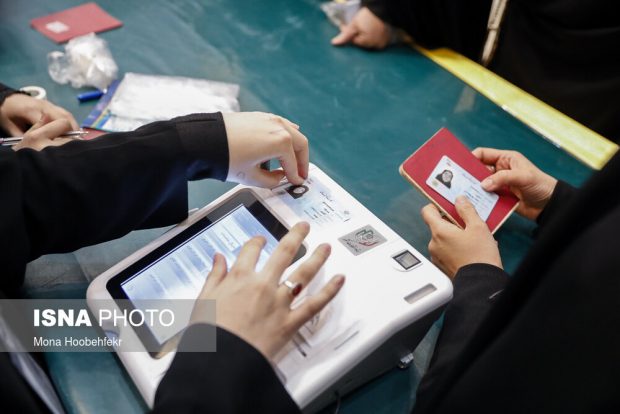Parliamentary election taking place in Iran

By Peter Jaegeul Song
Staff Reporter
Seoul: The election for Iran’s parliament (Majlis) began on Friday morning across Iran. According to the National Election Commission of Iran’s Interior Ministry, the term of senator is four years, and 290 senators (including five seats allocated to minority sects) will be selected in the election. Currently, 7,148 candidates are running in the election.
The capital Tehran has the largest quota of 30 seats, with 1,453 candidates running in the main constituency, showing a high competition ratio of about 48 to 1.
Under the Islamic Revolution constitution, the Iranian government allows all men and women aged 18 or older to exercise suffrage. Fifty-eight million voters were registered for the election. A rough outline of the ballot counting results will be revealed on the night of the 22nd or early morning of the 23rd.
Iran has a system where its supreme leader is at the top, whereas senators and the president of the legislature (President) are elected directly by the people.
Iran’s parliament, which is not a political party system, holds elections after a political candidate of particular interest regroups to form a political faction ahead of the elections.
Iran’s elections are based on a presidential constituency system, with one voter’s name written on the ballot as the number of seats allocated to each state, and the winner will be decided in the order of the most votes.
Meanwhile, political factions in Iran are not strictly divided, so it is common for a candidate to make his name known to various political factions.
Iran’s Supreme Leader Ayatollah Seyed Ali Khamenei urged the Iranian people to hurry and go to the polls, saying, “Participating in the election is a religious duty and it is also a matter of protecting Iran’s national interests.”





















































